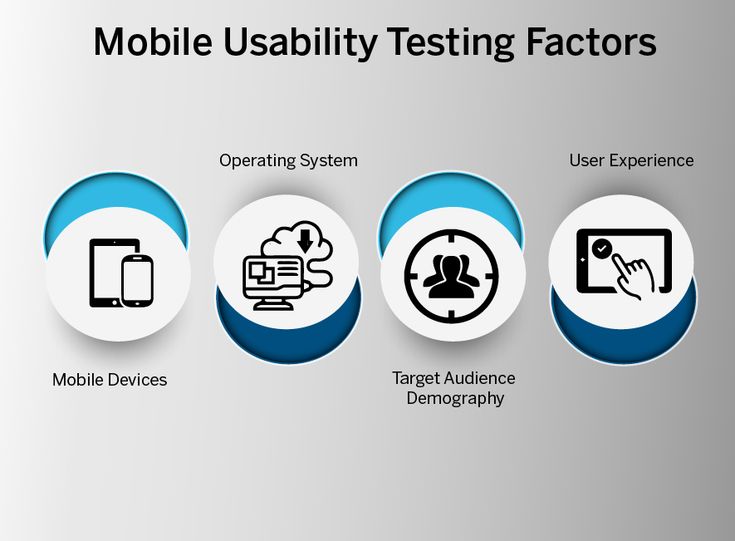Menu

A great website is more than just visually appealing — it needs to be usable. At Seekvector, we focus on creating websites that are easy to navigate, accessible to all, and optimized for engagement. Usability plays a direct role in SEO performance, as Google rewards websites that keep users engaged. From clean layouts to intuitive navigation, a user-friendly design can significantly boost conversion rates. In this guide, we’ll share Seekvector’s best practices for creating a seamless user experience that increases visitor satisfaction and encourages return visits, while following principles outlined in Google’s UX Playbook.
A website with poor usability frustrates users and increases bounce rates. Google interprets high bounce rates as a negative ranking signal.
Benefits of strong usability:
Improved visitor satisfaction
Higher time-on-site metrics
Better conversion rates
Increased repeat traffic
Example: Seekvector’s Website Structure Guide uses a logical layout so users can quickly find what they need without excessive scrolling or clicks.
Menus should be simple, descriptive, and consistent across the site. Avoid overloading navigation with too many links.
Tip: Group related items under dropdowns for easier browsing.
With over 60% of global web traffic coming from mobile devices, your site must display perfectly on all screen sizes. Tools like Google’s Mobile-Friendly Test can verify this.
Use short paragraphs, bullet points, and headings for easy scanning.
A truly usable site should be accessible to people with disabilities.
Use alt text for images
Ensure sufficient color contrast
Make links descriptive rather than “click here”
Seekvector applies accessibility best practices to improve both usability and legal compliance, as recommended by W3C’s Web Content Accessibility Guidelines.
A slow website is a usability killer. Users expect pages to load within 2–3 seconds.
Ways to improve speed:
Optimize image sizes without losing quality
Use caching plugins and a CDN
Minimize unnecessary scripts and CSS
Example: Seekvector optimized its SEO Hub to load faster, improving user retention and rankings.
Usability is not a one-time task. Test regularly to identify friction points.
Conduct A/B testing for layout changes
Use heatmaps (like Hotjar) to see where users click
Review analytics for bounce rates and session times
Usability directly impacts user satisfaction, engagement, and SEO rankings. By applying Seekvector’s usability principles — from clear navigation to mobile responsiveness and accessibility — you can create a website that users love and Google rewards.
📌 Start with a usability audit today, then refine your design based on user feedback and performance metrics. For more in-depth guidelines, check Google’s UX Playbook.